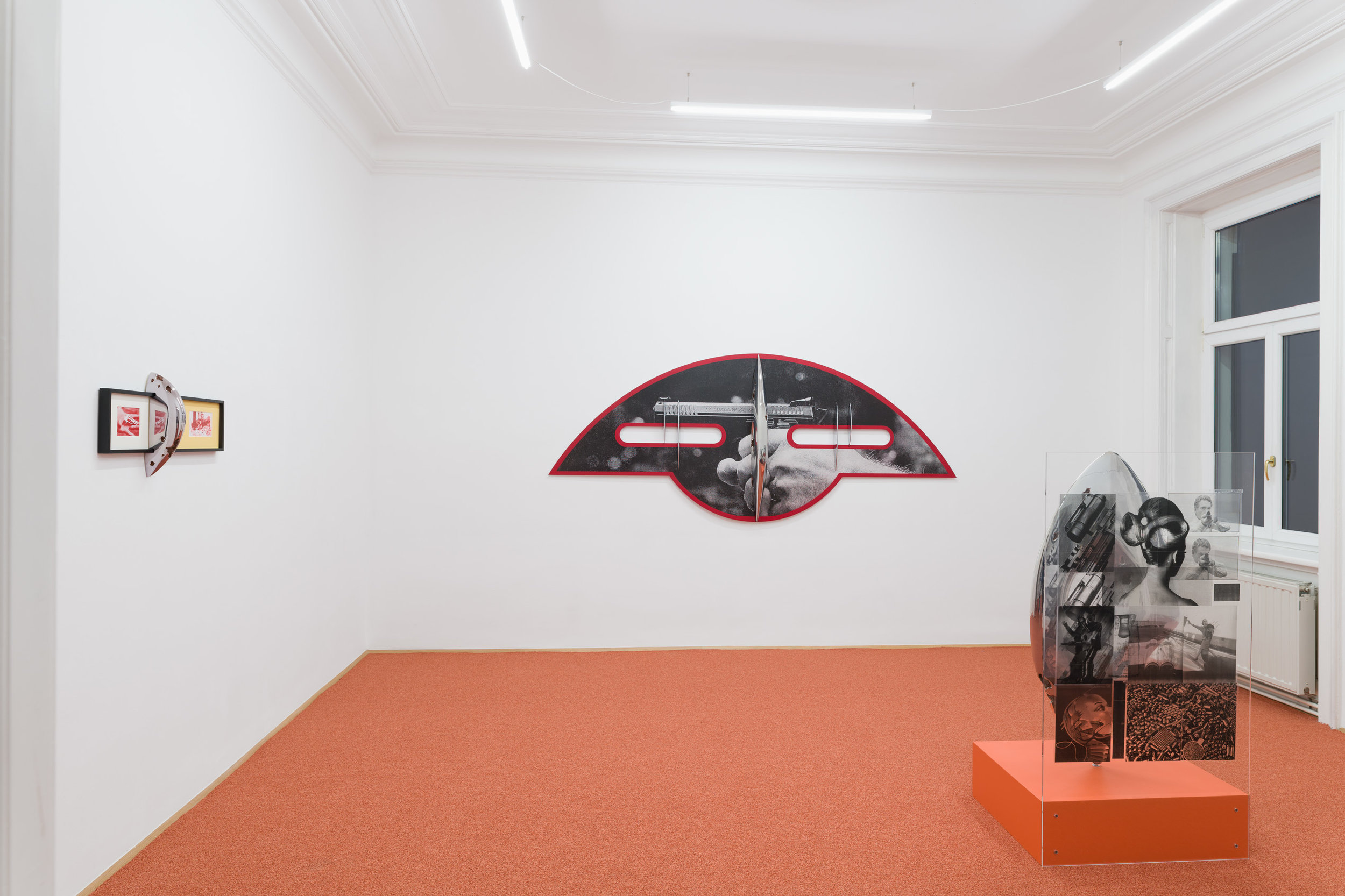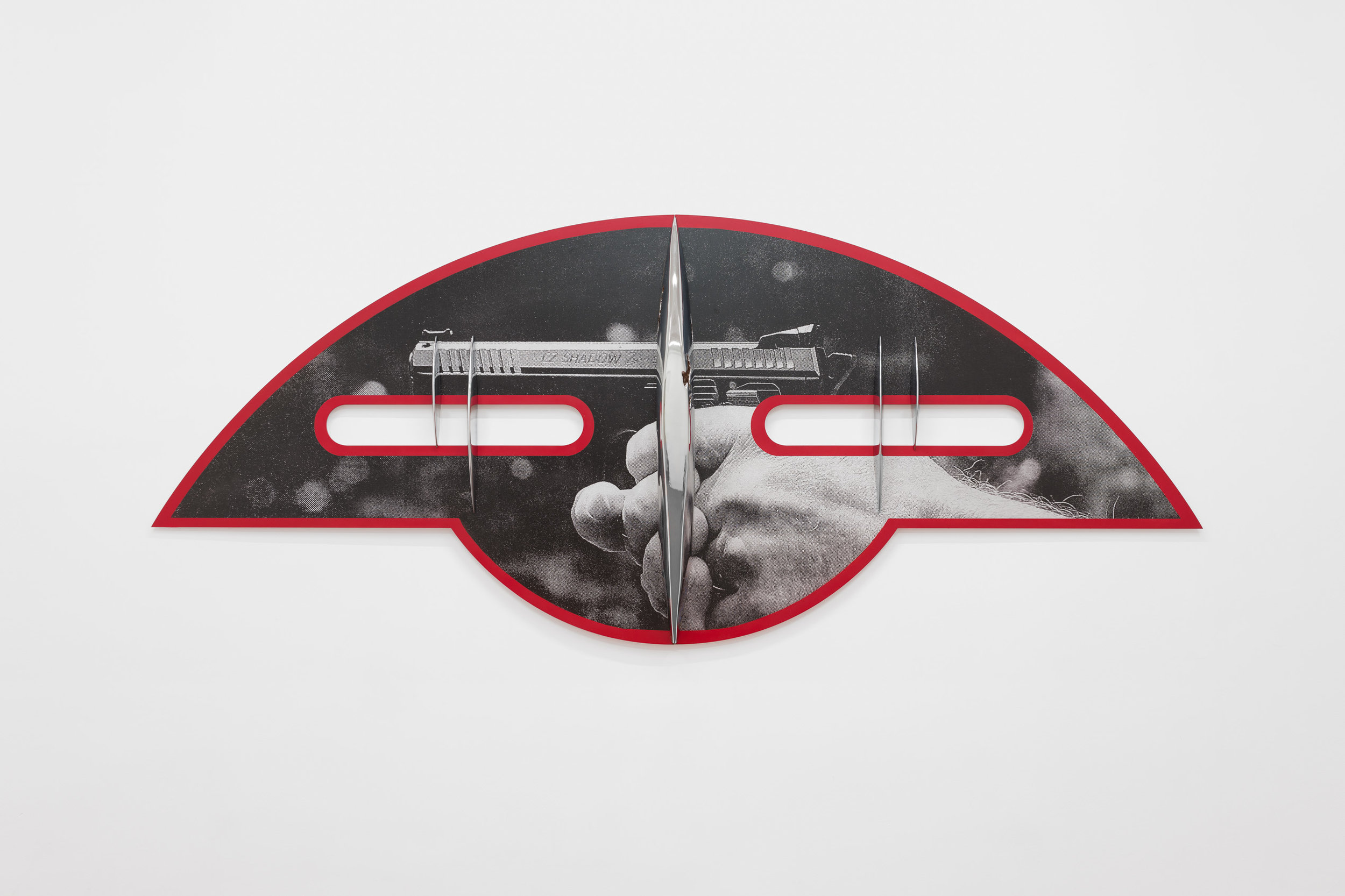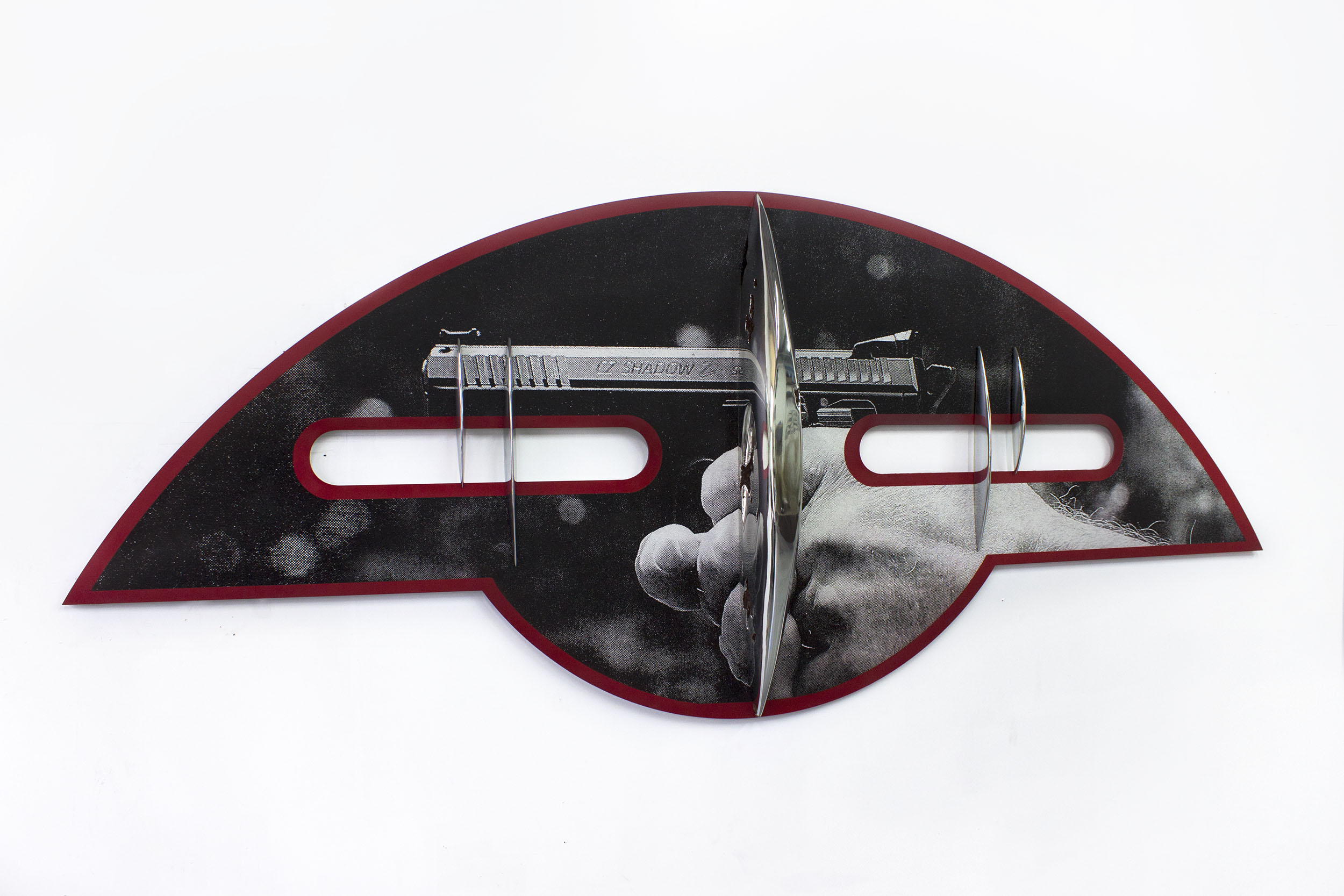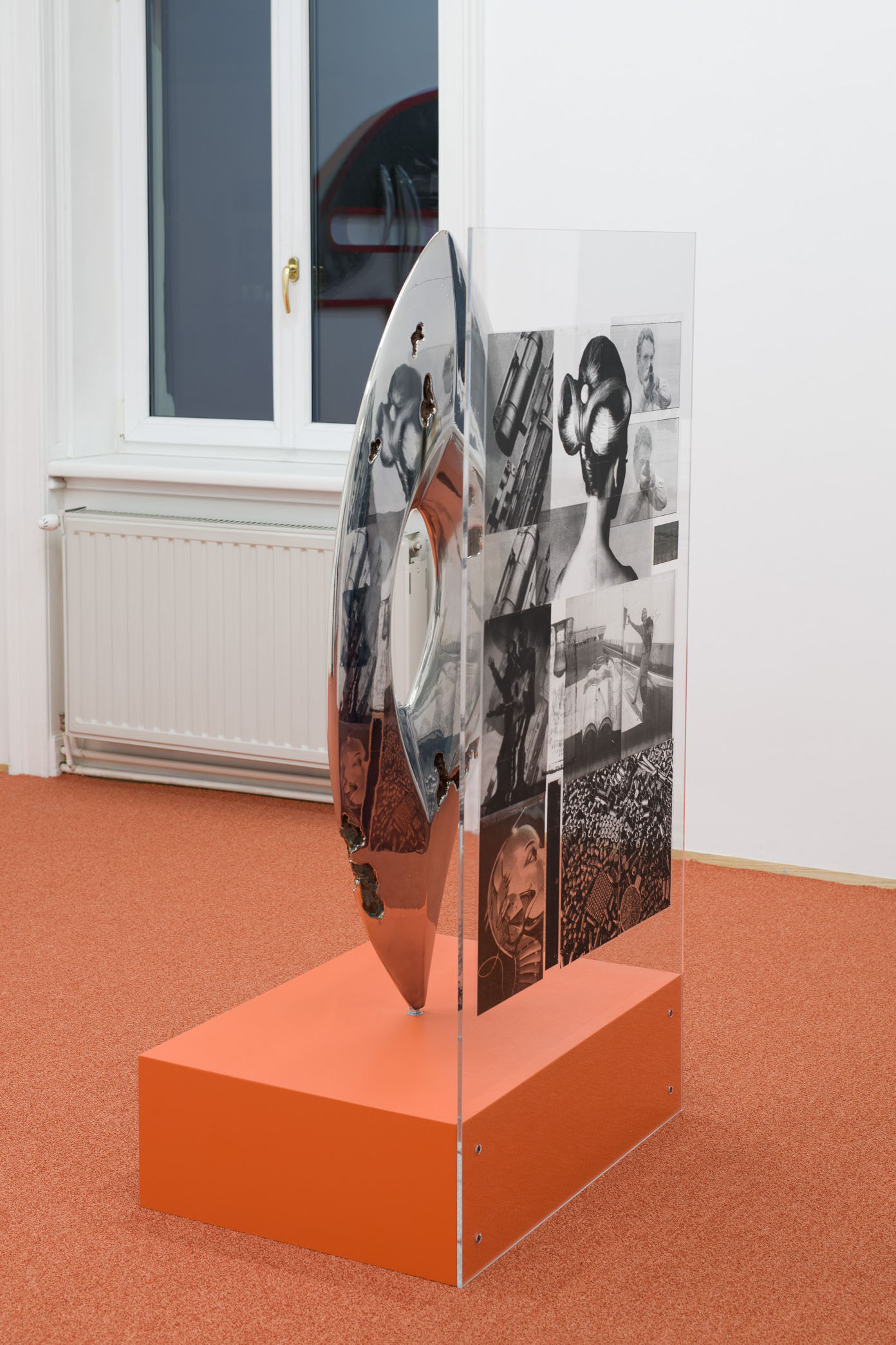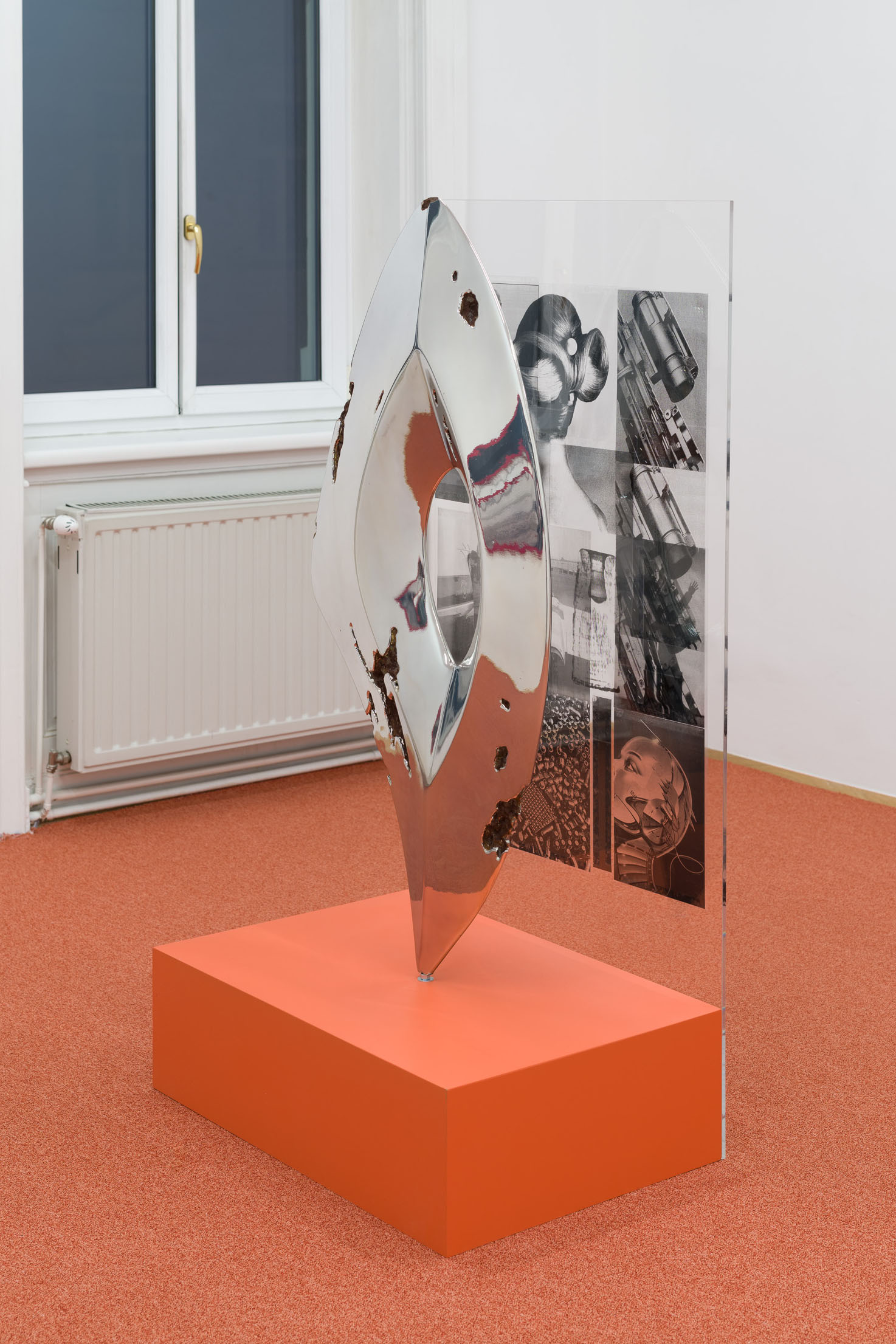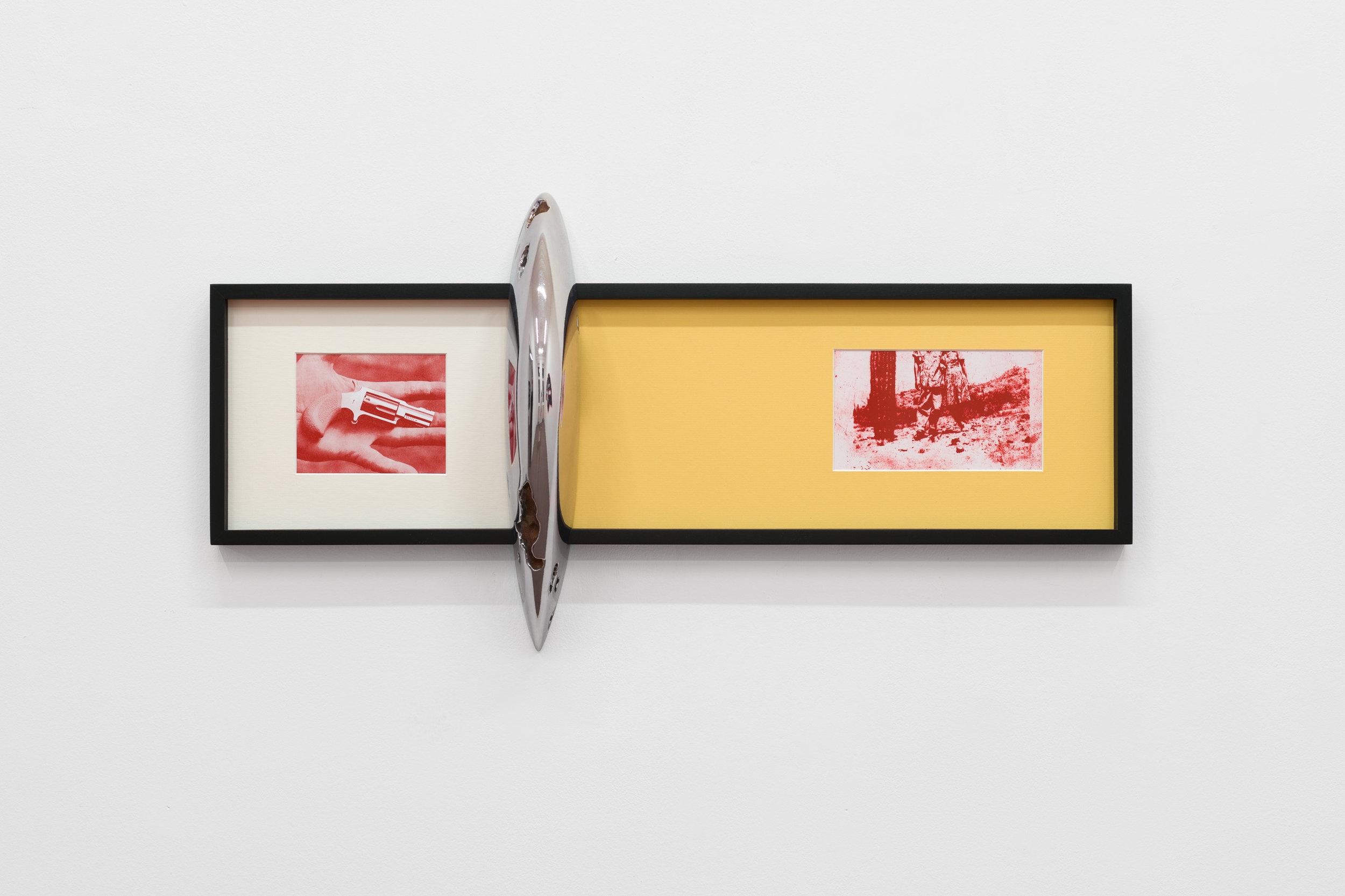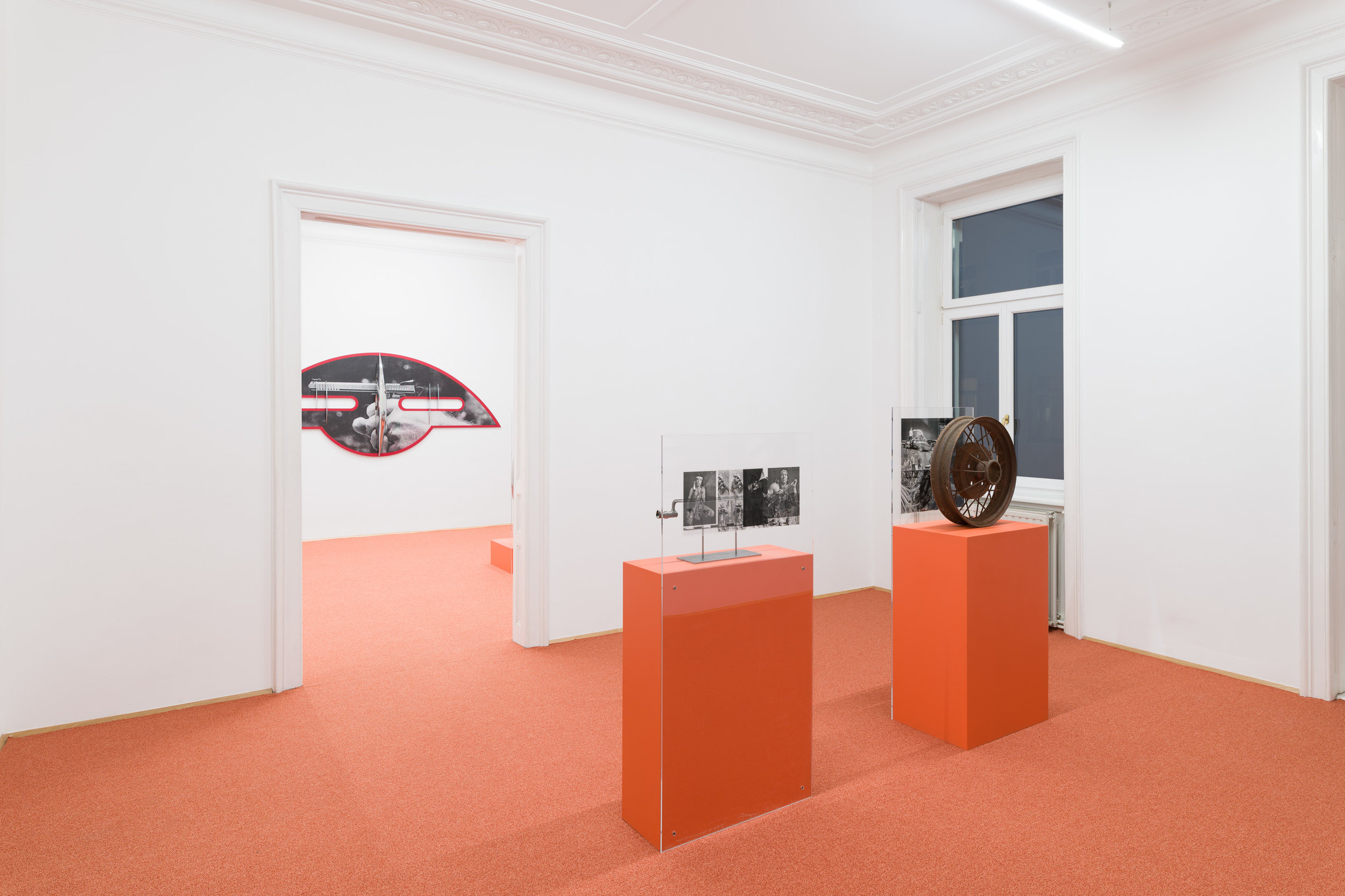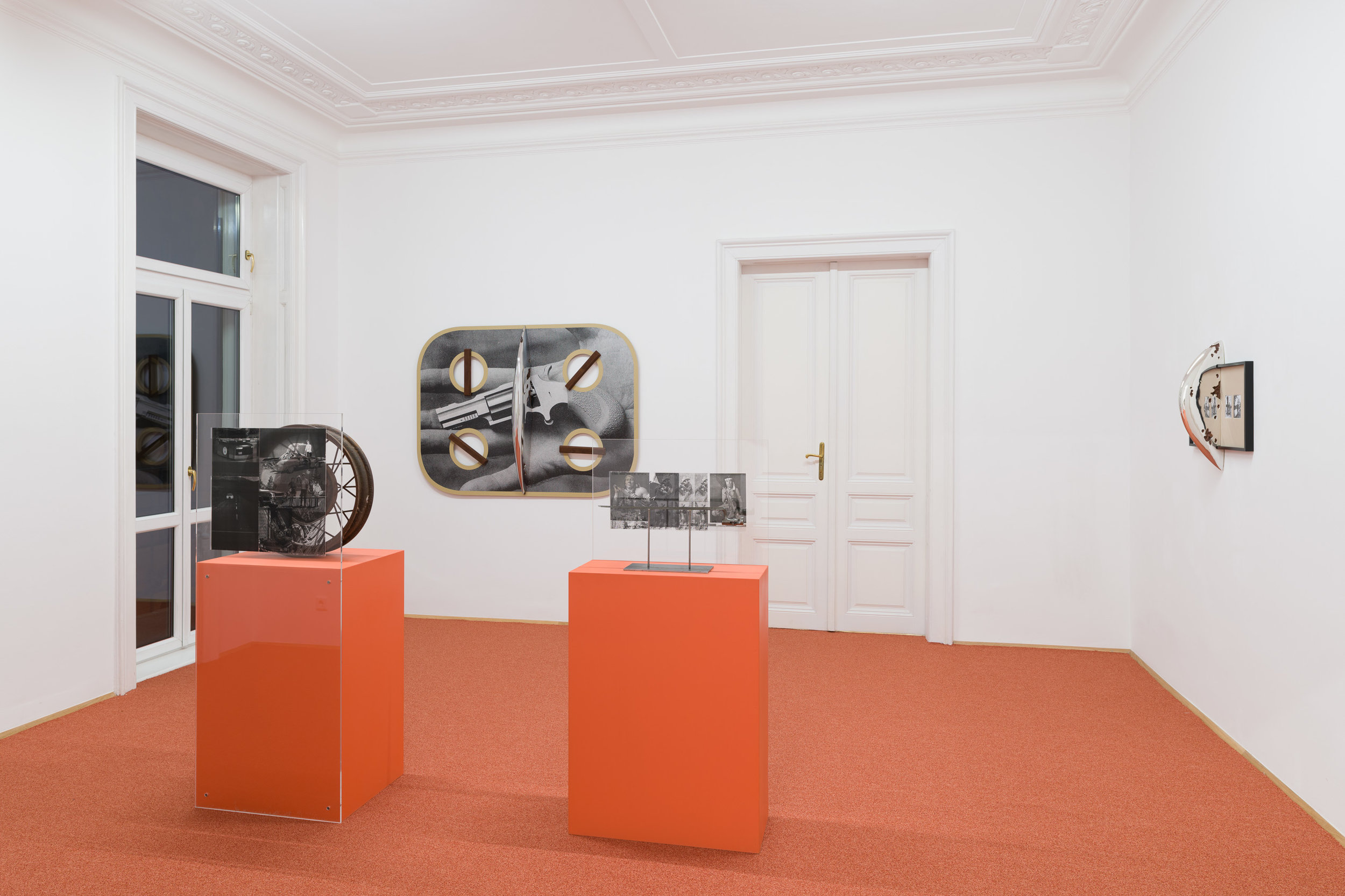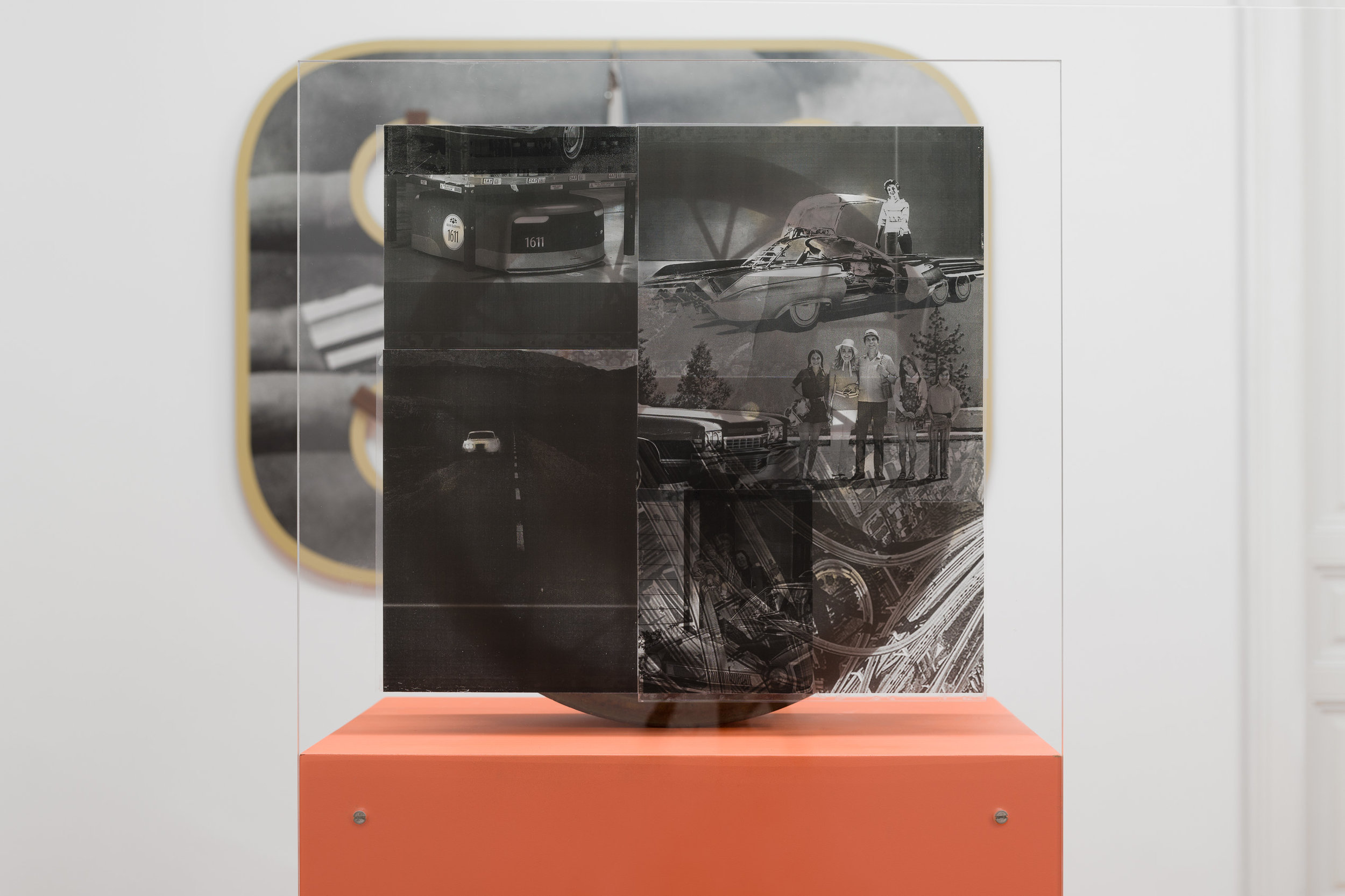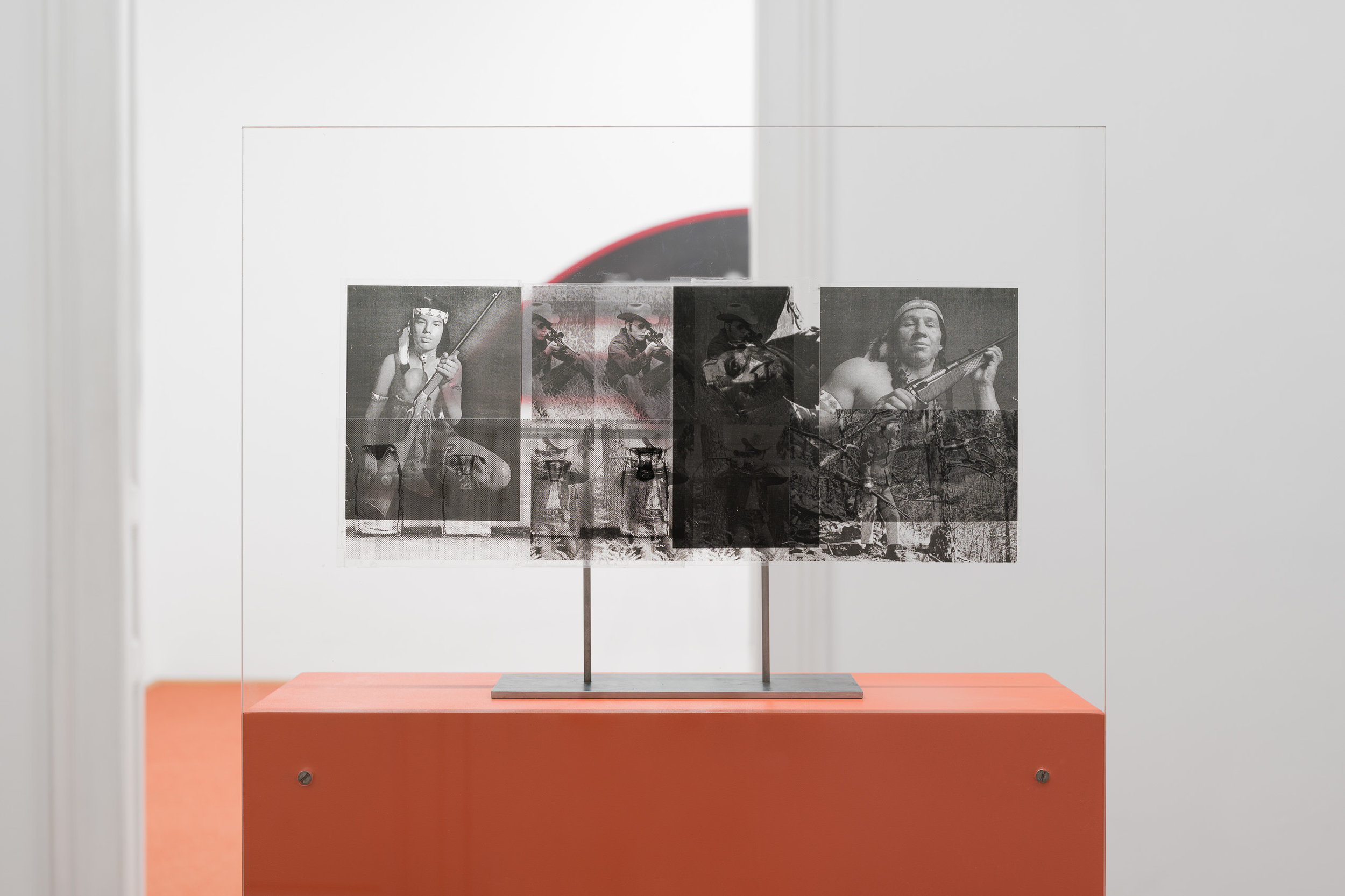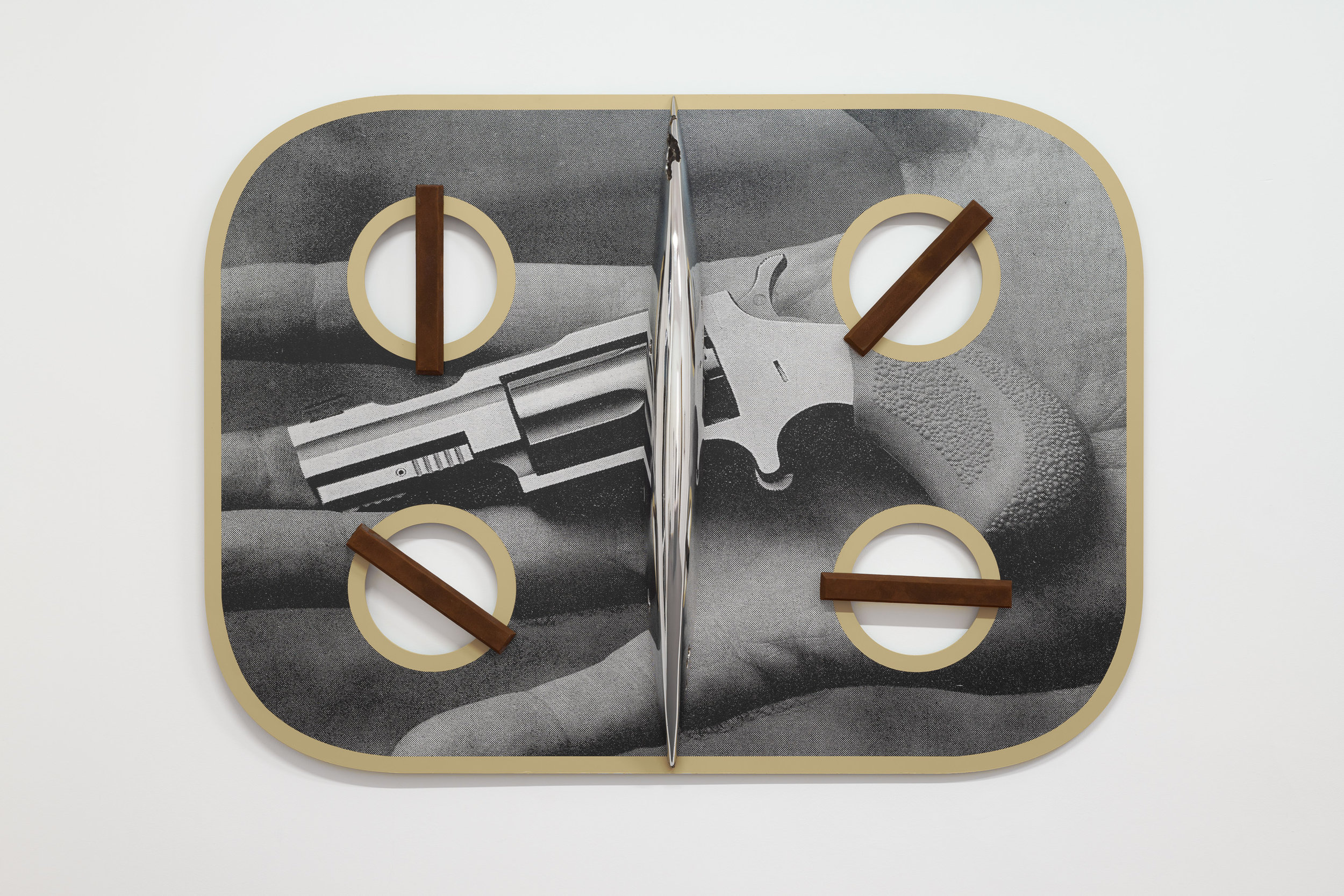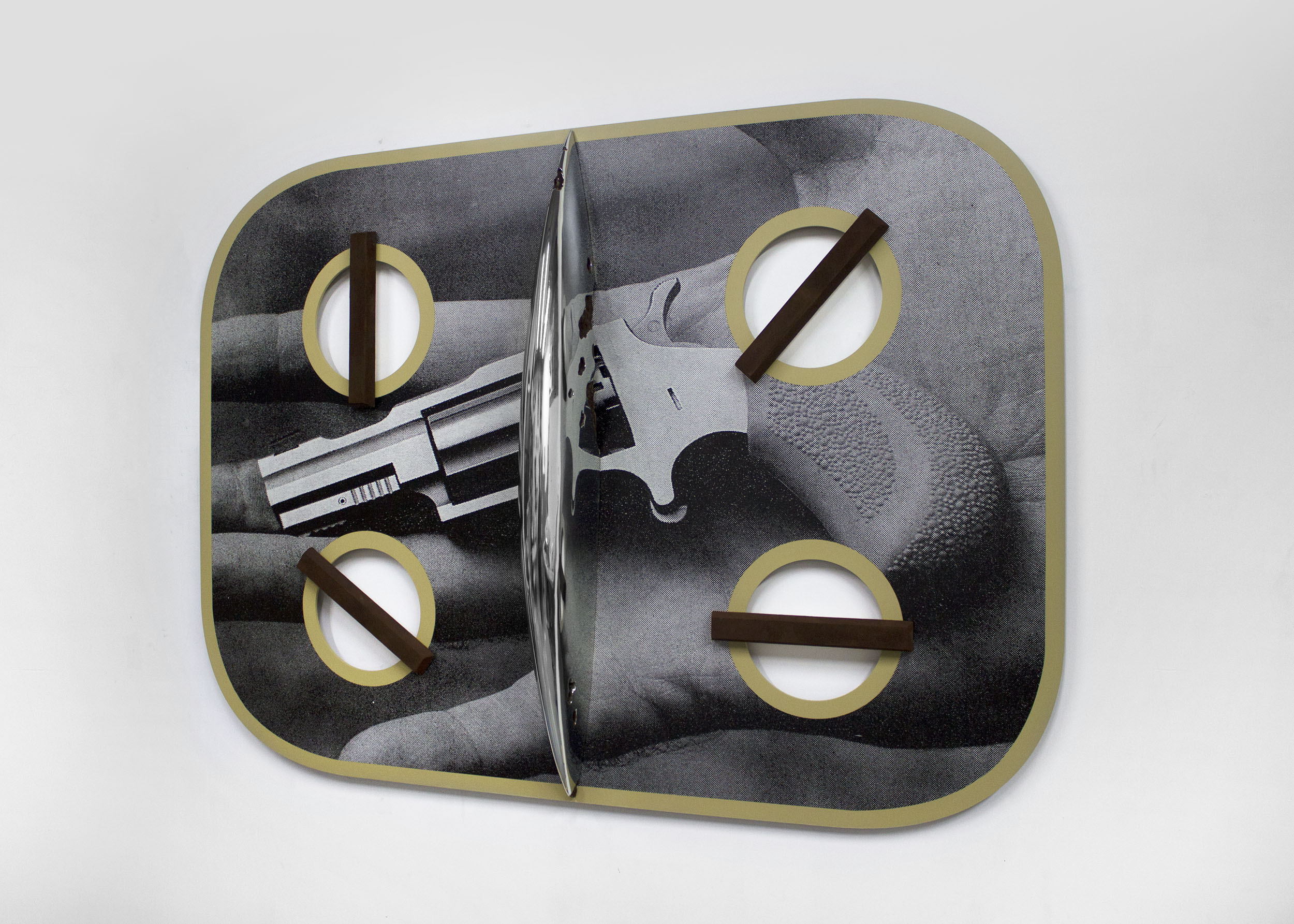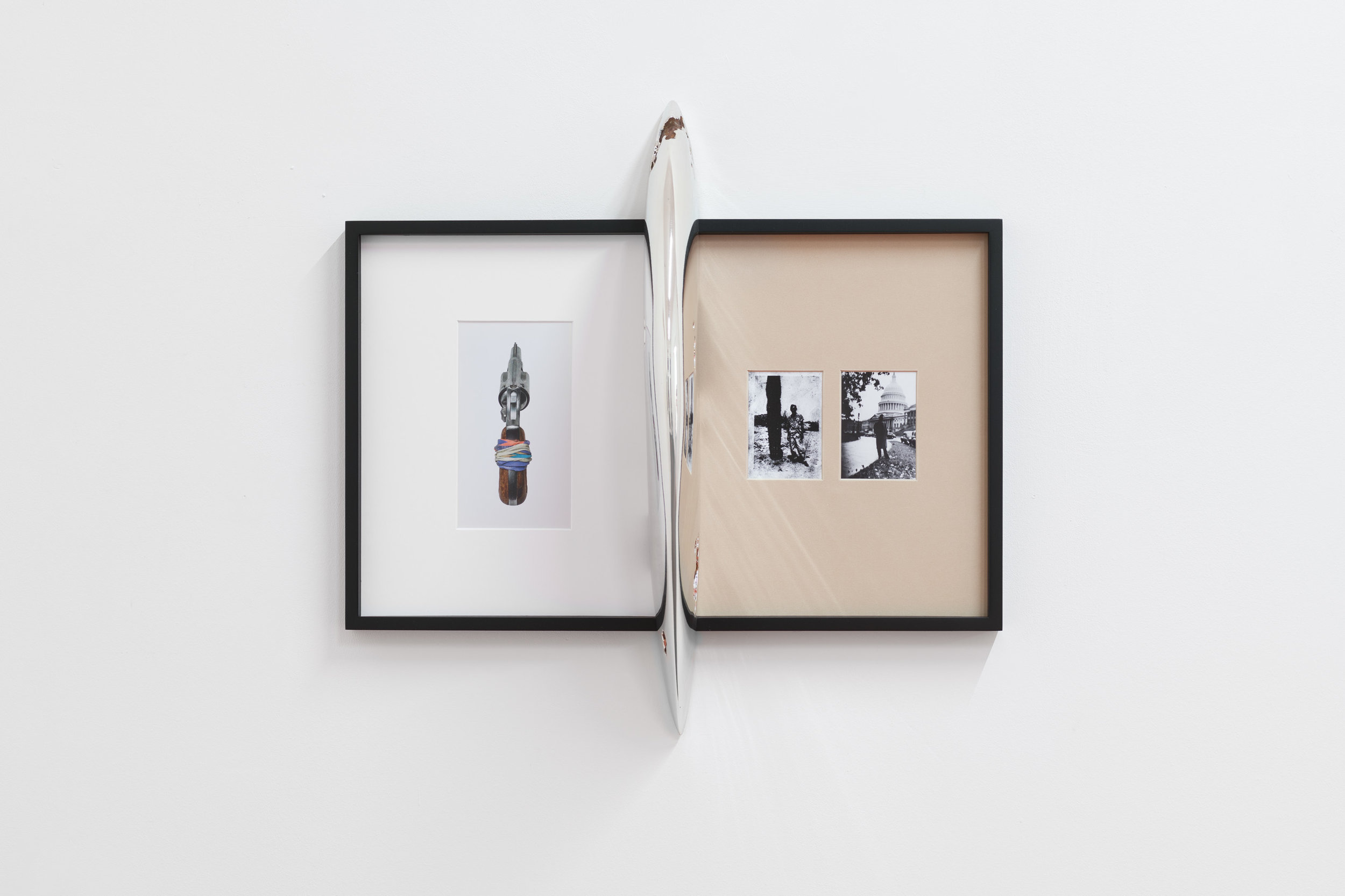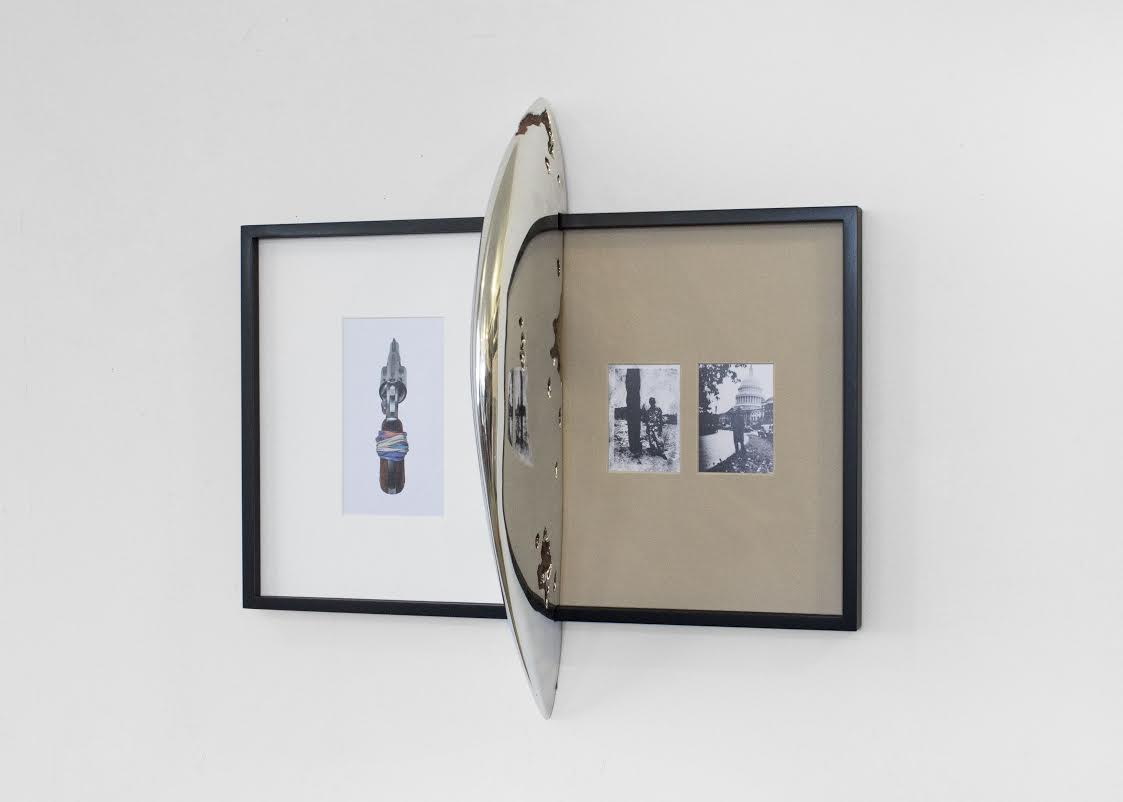You Promised Catastrophe
Alex Ito
February 1 - March 14, 2019
@
Zeller Van Almsick
Franz-Josefs-Kai 3
3rd Floor, Suite 16
1010 Vienna
Text by Marlies Wirth, Curator MAK Vienna, January 2019
In his first solo show at Zeller van Almsick titled “You Promised Catastrophe” American artist Alex Ito addresses modes of cultural production and the politics of power, continuing his investigation into how images, industry and memory become entangled to create the rhetoric of everyday violence. By examining the relationships between violence and the human body, Ito illuminates precarious complexities that lie within social change, material growth and capitalist reproduction. The exhibition calls into question a crisis of progress; where narratives of futurity and hope disguise practices of exclusion and erasure.
Since the 19th century, the cult of progress has been closely tied to the concept of “the future” and the imperative of cultural innovation that thus became inseparable from notions of power and violence. In his 1977 book Speed and Politics recently deceased philosopher Paul Virilio laid out his theory of “dromology” as a connection between speed and social change. His claim that military technology has been the main innovator for industrialized production, standardized information, and efficient mobility concludes in the associated trans-historical and sociopolitical phenomena of the 21st century and the “Third Industrial Revolution” of our time.
Specifically in the U.S. the introduction of industrialized mass production originated in the development of military technologies. Two specific found objects in the exhibition point directly to moments of industrial innovation: a wheel of a Ford Model-A automobile representing the first assembly line car (You Promised Catastrophe (Open Road), 2018) and a bayonet of a 1873 Winchester rifle, one of the first repeater rifles, also known as “the gun that won the west” (You Promised Catastrophe (The Gun That Won the West), 2018). The historic items are combined with a series of images layered to conceal the objects and thus reveal their references embedded in American legacy in which both have contributed to histories of oppression and genocide as Ford marked the development of industrial mass production and high capitalism and the rifle was used during “Manifest Destiny” and the Western expansion allowing accelerated warfare against the Native Americans.
Departing from these historic anchor points Ito developed a series of works juxtaposing black-and-white photographs and found images with blade-shaped forms of chromed resin. With his use of chrome, a material widely known as an aesthetic finishing in design processes aiming at improving surface hardness and corrosion resistance – in short: to make things harder, better, faster, stronger – Ito conjures a historic future related to innovation, speed and power.
The forms and finish are influenced by aerospace, weapon and automobile design-industries referring to man’s expansion beyond the west and the space age of the 1960s. However, the chrome surfaces are in a state of decay with rusting cavities, alluding to the idea that all political and social apparatuses are temporal and can thus be disassembled. Corrosion and catastrophe are looming with the code of violence embedded in the tools of progress, the chrome merely coating the decay that lies beneath. It comes as no surprise that the newest web browser by an omnipotent supranational tech-company is dubbed “Chrome”, gloriously signifying acceleration and power through technological advancement while contributing largely to an increasing global and sociopolitical divide.
Two large and graphic panels carrying chrome-coated blade-shaped structures display photographs of guns and pistols embedded in the human hand – media as extensions of man – conjuring past and present human-machine relations and the use of images and information in war (Faded Virtue, 2018; Old Glory, 2018). Referencing the Situationists’; détournement as an act of reverse propaganda using the power of media and advertising against itself, Ito does not praise gun violence but addresses the continuous assimilation of the body into the mechanics of the modern war machine. Expansion, efficiency and security are expressed through incarceration, displacement and cultural erasure.
These very thoughts manifest in another pair of works in which the artist refers to a violent chapter in his own familial history: A photograph depicting Ito’s Japanese-born grandparents in the western desert, respectively on the grounds of a U.S. camp illegally placed on Native American land where they have been held captive during WWII (Possession II (concealed carry), 2 018), and another, showing Ito’s grandfather in front of D.C. Capitol where he was summoned to be questioned shortly after his release from imprisonment (Possession I (passive aggressor) , 2018). Both photographs have counterparts in images of weaponry designed for concealed carry, yet ready for a quick draw.
Highlighting the close ties of culture production and the reproduction of cultural images as concealment of the instrumentation of the human body as a tool Ito’s works express the future-project as machinic, violent and bound to the powerful rhetoric of futurity. In a grand finale a hand sculpted chrome form resembling an amalgamation of both the blade and the wheel as signifiers of tools created by man to serve progress and therefore inseparably tied to violence, becomes something alien and foreign: an artifact from a future yet to be lived, but already prone to corrosion from within (You Promised Catastrophe (Needle in a Heap of Grease), 2018). Combined imagery of the 1964 New York World Fair, aerodynamic vehicles, U.S. Highways and people aiming at the onlookers with guns the sculpture conveys a glimpse into a current state of vacuum, where the concept of future has become obsolete: In our common concept of time only the present exists, while past and future remain “unreal”, abstract, clouded, a matter of retrospect or projection. Ito’s sculpture itself is a non-historical object, a hyper-object in multiple states of time, showing signs of corrosion from all angles. No matter how you look at it, our fetishized cult-objects and cultural products are merely a relic of a future past.
With the acceleration of all matter, of information, production, consumption and warfare the process of reverse progress has become virulent: Moving from product to service, our fetishized tools have been automated and outsourced, be it the assembly line, automobiles or drones all ruled by artificial intelligence beyond human control. The weapons are taken out of our hands, and gradually being replaced by invisible machinery.
In a dense installation and with powerful images, Alex Ito is conjuring the crisis of progress throughout centuries shaped by patriarchal structures and their ability to create social divide and political oppression. The artist questions how we can engage with cultural obscurities and abstractions that trap and transform history and culture into perception and lived experience, and confronts us with the vision of a corroded future and automated desire, where – if we fail to regain our political and cultural agency– these violent delights will inevitably have violent ends.

